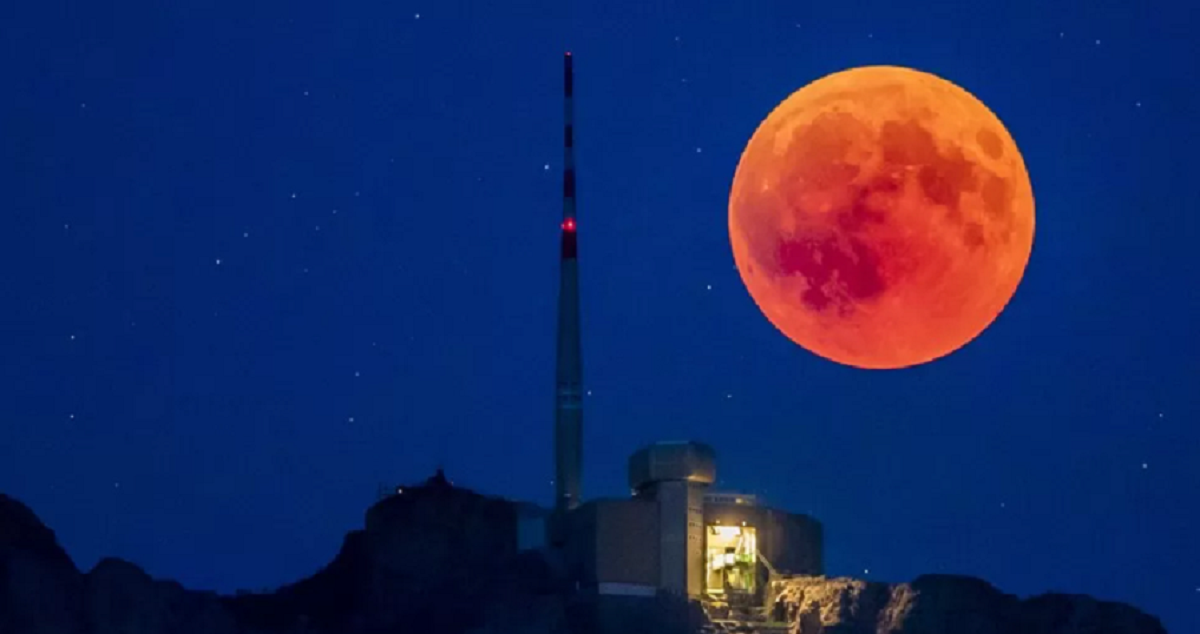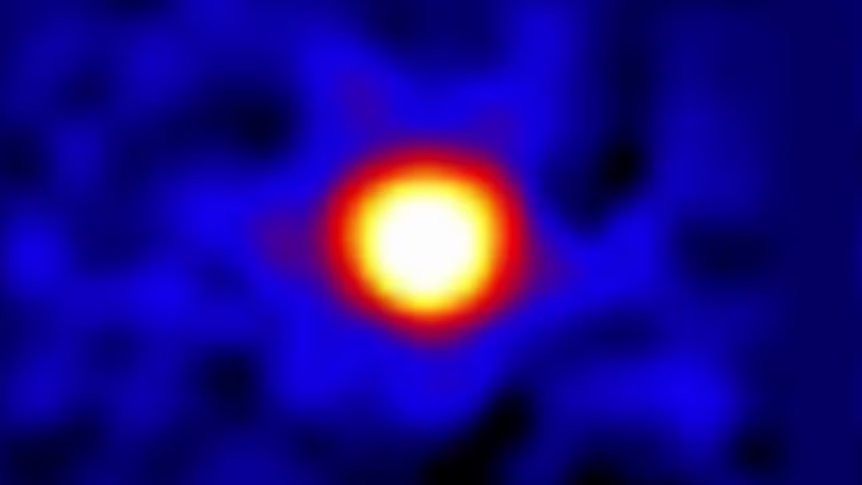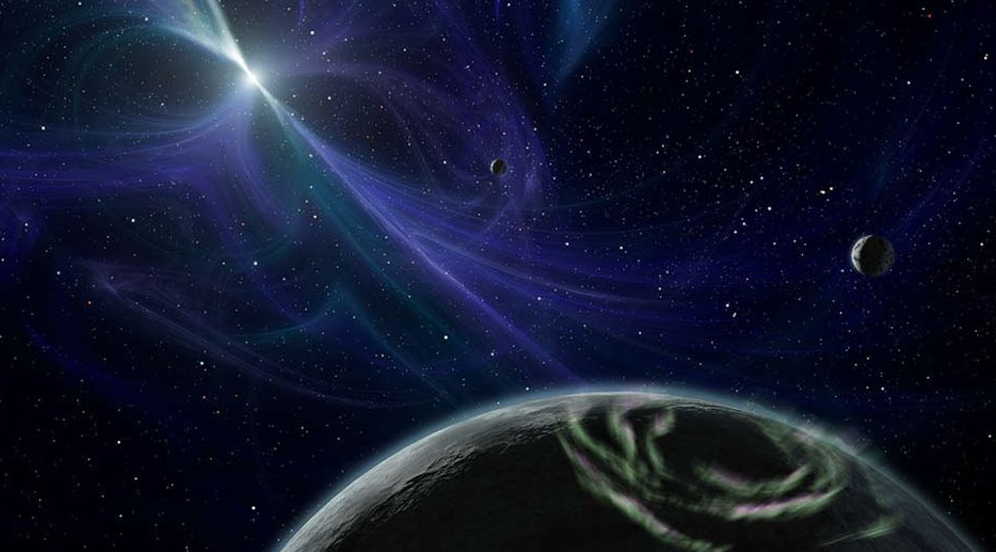
There are 12 Purnima (Full Moon) in a year, in it there are four moon which are called Super Moons. A Super Moon happens when a full moon is closest to the Earth. It appears bigger and brighter than normal – up to 15% brighter and 30% bigger than regular full moons. It looks big and brighter hence called Super Moon. Moon always looks same from sky but during lunar eclipse it may look red or very rarely blue. In western culture 12 moon are named which is listed on Royal Museums Greenwich website as follows-
January: Wolf Moon
January’s full moon is named after the howling of hungry wolves lamenting the scarcity of food in midwinter. Other names for this month’s full moon include old moon and ice moon.
February: Snow Moon
February’s typically cold, snowy weather in North America earned its full moon the name snow moon. Storm moon and hunger moon are other common names.
March: Worm Moon
Native Americans called this last full moon of winter the worm moon after the worm trails that would appear in the newly thawed ground. Other names include chaste moon, death moon, crust moon and sap moon, after the tapping of the maple trees.
April: Pink Moon
Northern Native Americans call April’s full moon the pink moon after a species of early blooming wildflower. In other cultures, this moon is called the sprouting grass moon, the egg moon, and the fish moon.
May: Flower Moon
Many cultures refer to May’s full moon as the flower moon thanks to the abundant blooming that occurs as spring gets going properly. Other names include the hare moon, the corn planting moon, and the milk moon.
June: Strawberry Moon
In North America, the harvesting of strawberries in June gives that month’s full moon its name. Europeans have dubbed it the rose moon, while other cultures named it the hot moon for the beginning of the summer heat.
July: Buck Moon
Male deer, which shed their antlers every year, begin to regrow them in July, hence the Native American name for July’s full moon. Some refer to this moon as the thunder moon, due to the summer storms in this month. Other names include the hay moon, after the July hay harvest.
August: Sturgeon Moon
North American fishing tribes called August’s full moon the sturgeon moon since the species appeared in number during this month. It’s also been called the green corn moon, the grain moon, and the red moon for the reddish hue it often takes on in the summer haze.
September: Full Corn Moon or ‘harvest moon’
September’s full corn moon is so called because this is when crops are gathered at the end of the summer season. At this time, the Moon appears particularly bright and rises early, letting farmers continue harvesting into the night. This moon is also sometimes named the barley moon, and it is often the nearest full moon to the autumnal equinox, earning the title of ‘harvest moon’.
October: Hunter’s Moon
After the harvest moon comes the hunter’s moon, in the preferred month to hunt summer-fattened deer and fox unable to hide in bare fields. Like the harvest moon, the hunter’s moon is also particularly bright and long in the sky, giving hunters the opportunity to stalk prey at night. Other names include the travel moon and the dying grass moon.
November: Beaver Moon
There is disagreement over the origin of November’s beaver moon name. Some say it comes from Native Americans setting beaver traps during this month, while others say the name comes from the heavy activity of beavers building their winter dams. Another name is the frost moon.
December: Cold Moon
The coming of winter earned December’s full moon the name cold moon. Other names include the long night moon and the oak moon.
Blood Moon: A blood moon is the name given for a view of the Moon during a total lunar eclipse. Because of the way light passes through the Earth’s atmosphere during an eclipse, red light from the Sun is reflected onto it and gives it a reddish color and the nickname blood moon. In the age of social media western occultists have made it more famous.
Blue Moon: Normally blue Moons happens only about every two or three years. Traditionally a blue moon is the third full Moon in an astronomical season containing four full moons. Blue moons aren’t blue really, in some rare circumstances Moon can appear blue; but in this case it is a color added to the Moon by viewing it through a haze of dust particles in our atmosphere.











